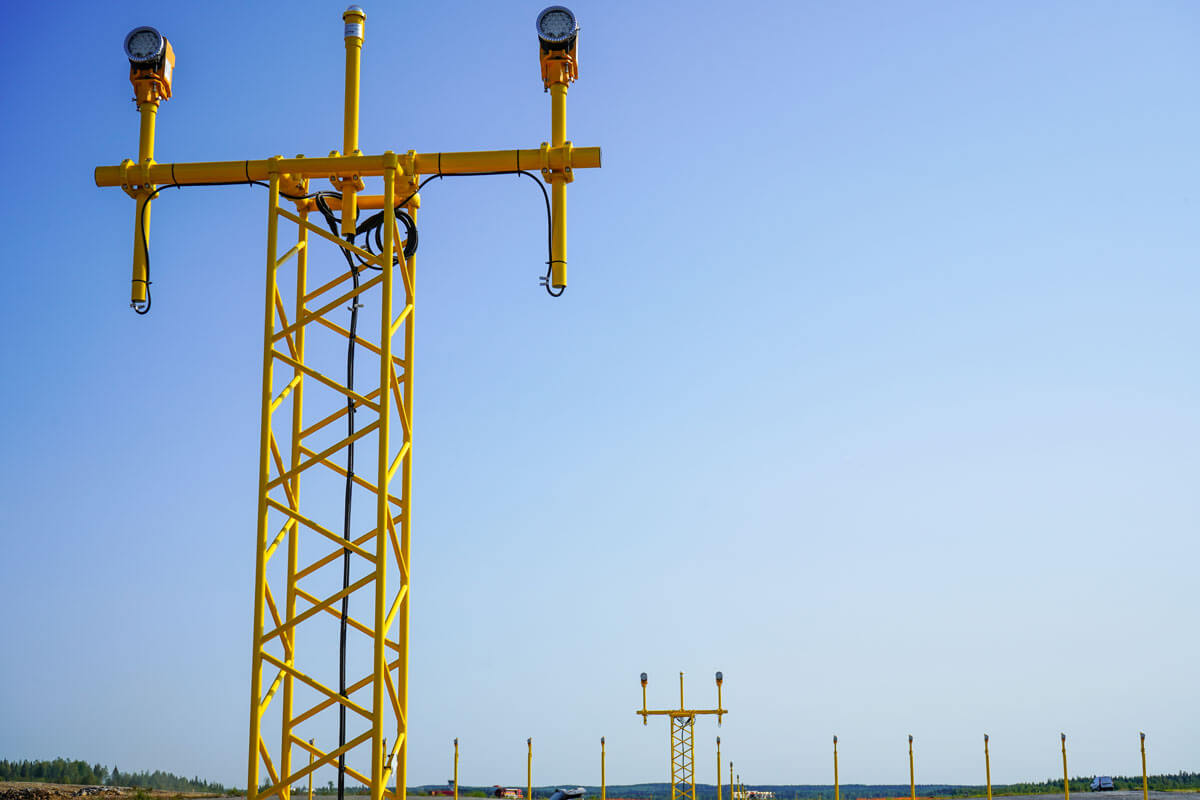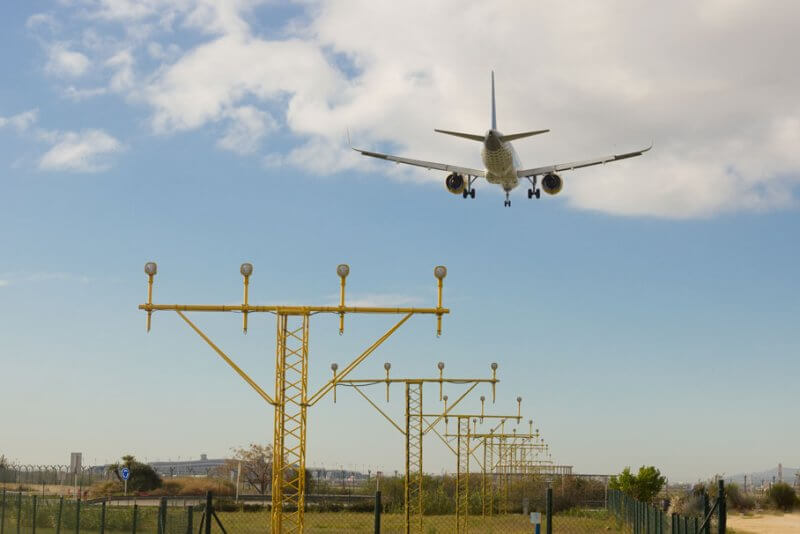Designing for failure: The role of frangible GFRP in modern airfields
On a dreary afternoon at a coastal airfield, a jet veers off-center. The crew recovers, but not before clipping a lighting mast. The aircraft stays upright. The mast, crucially, does not. This isn’t luck, it’s deliberate. Built to collapse cleanly on impact, the mast reduces risk. It’s called frangibility, and for any structure within 900m of a runway, it’s a regulatory requirement. Here Juha Pesonen, Key Account Manager at Exel, explores how frangibility works, why traditional materials fall short, and what makes frangible GFRP airfield structures a safer, smarter choice for modern airfields.
Why frangible airfield structures beat metals
Structures, from approach lights to fencing to Instrument Landing System (ILS) arrays, must comply with standards from the International Civil Aviation Organization (ICAO) and the US Federal Aviation Administration (FAA). These mandate a specific mode of failure, how a structure gives way when hit by an aircraft. Approach masts, for example, must window under impact, breaking apart in sections to minimize debris and secondary hazards.
But meeting these rules with conventional materials often brings compromises.
Steel and aluminum are often used, but both come with challenges. Galvanized steel suffers in salty, humid air. Aluminum performs better but still corrodes in chloride-rich coastal regions, where pitting and fatigue set in over time. Both materials demand regular inspection and scheduled replacement. Installation also typically requires cranes and runway closures, adding cost and complexity.
Then there’s signal interference. Metal structures can distort or reflect radio waves, an issue for airfield systems that depend on precise calibration like ILS, radar, and weather monitoring equipment. And while metals can be made frangible, doing so means deliberately adding weak points, which can affect durability elsewhere in the structure.
Frangibility by design, not compromise
Instead of bending metal to do what it’s not naturally inclined to, Exel takes a different approach. Instead of making metal frangible, it constructs masts, towers, and fences from pultruded glass fiber-reinforced plastic (GFRP), a material that fails safely by nature, rather than a design workaround.
There are no artificial weak points, rather, GFRP’s internal structure means it can absorb energy and break cleanly and predictably on impact, dispersing energy without generating large debris.
Exel’s structures are light enough for manual installation, even in remote or space-constrained locations. They’re corrosion-resistant and UV-stable, making them ideal for sensitive environments. Exel’s masts also have a hinged design as an option, meaning that maintenance personnel can fold the structure for easy access without the need for lifting equipment like ladders or cranes.
Proven around the world, engineered for safety
At RAF Leuchars, 23 GFRP poles and 36 lattice towers now stand up to North Sea weather. In Menorca, Exel supplied 32 localizer masts for Spanish airport operator Aena. Meanwhile, AT Zilina Airport in Slovakia, Exel installed the world’s first frangible GFRP airport fence, designed to protect earlier-installed GFRP masts from vehicle collisions.
More than 500 airports worldwide now use Exel’s frangible GFRP structures, across both civilian and military sites.
Each system is tailored to site conditions, including wind loads, snow, UV, or salt exposure, and is tested to simulate real-world impacts. That includes salt spray testing and impact tests up to 140 km/h. Because these profiles are pultruded rather than molded or cast, every unit shares consistent structural properties. This ensures reliable and predictable failure behavior, the kind airport operators rely on.
The difference between a near-miss and a disaster often comes down to what fails, and how. When structures are designed to absorb impact rather than resist it, safety becomes a feature rather than a hope. Frangibility goes beyond regulatory compliance, and, with the right materials, it doesn’t need to come at the cost of strength, longevity, or ease of installation.


